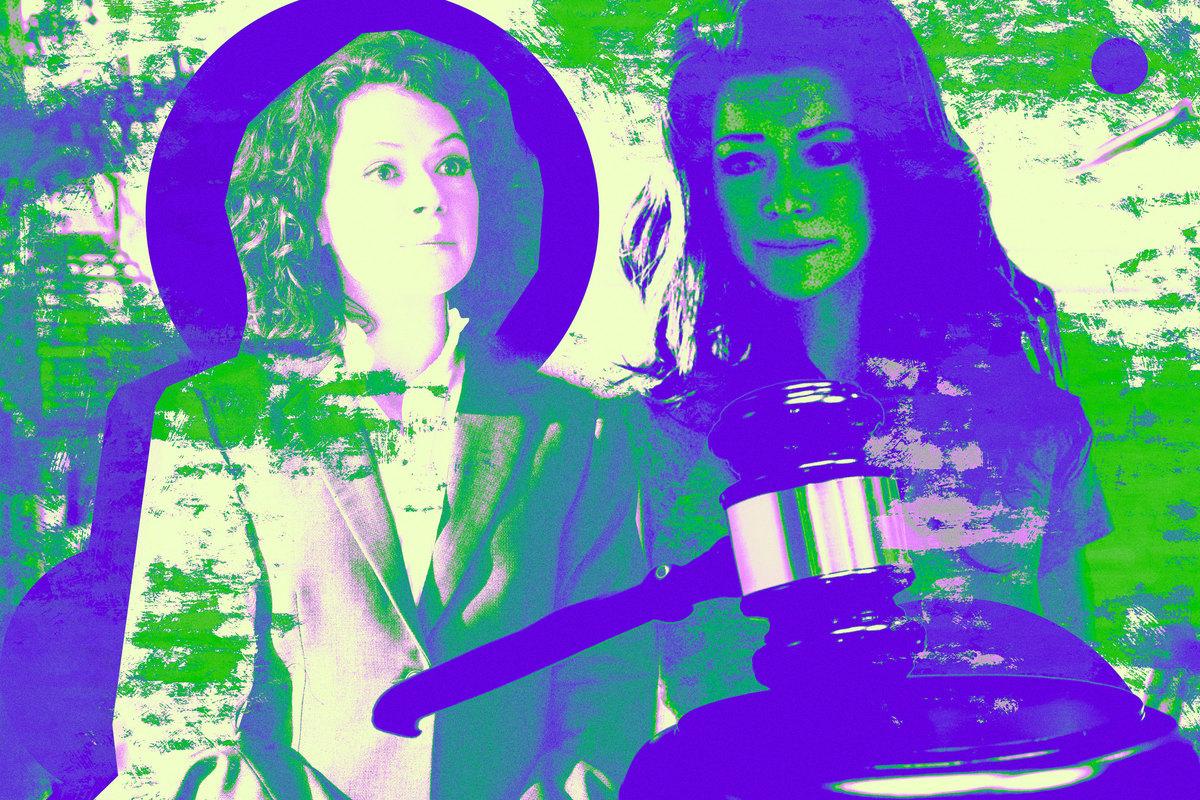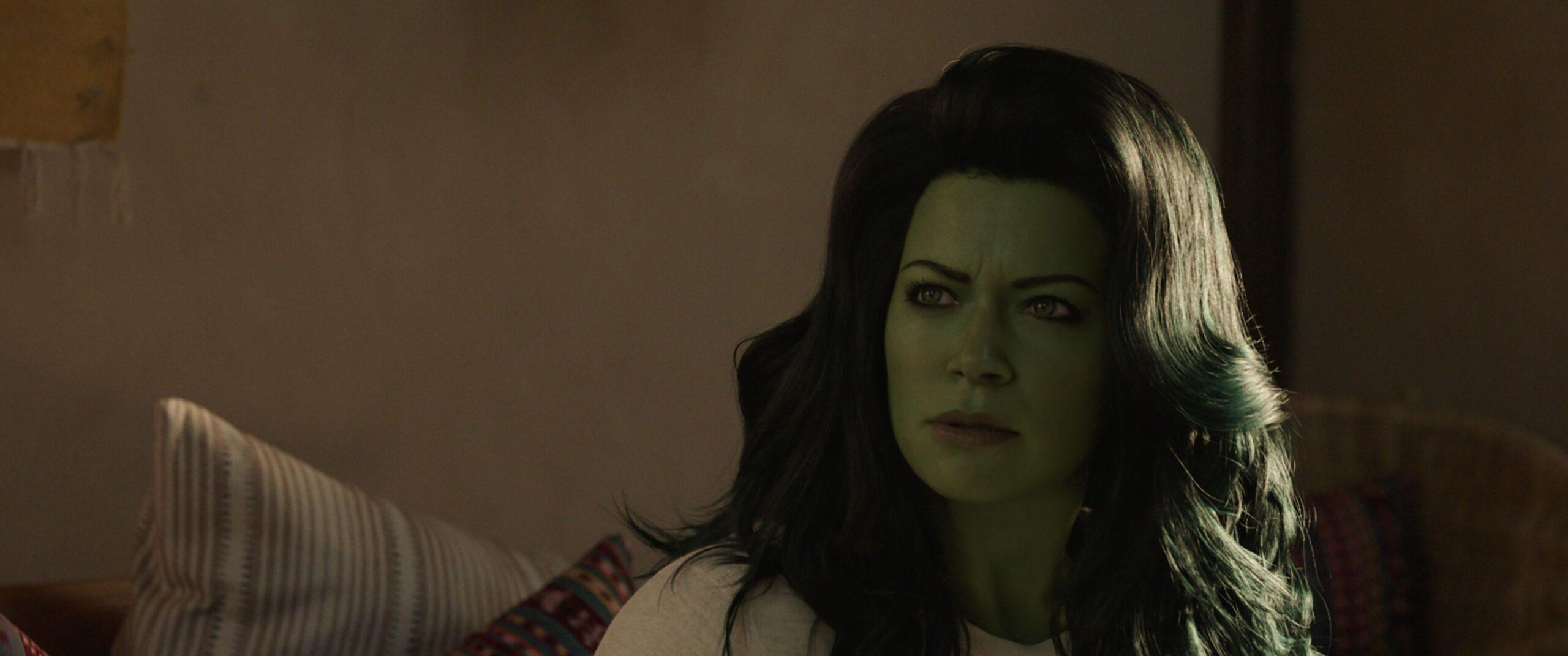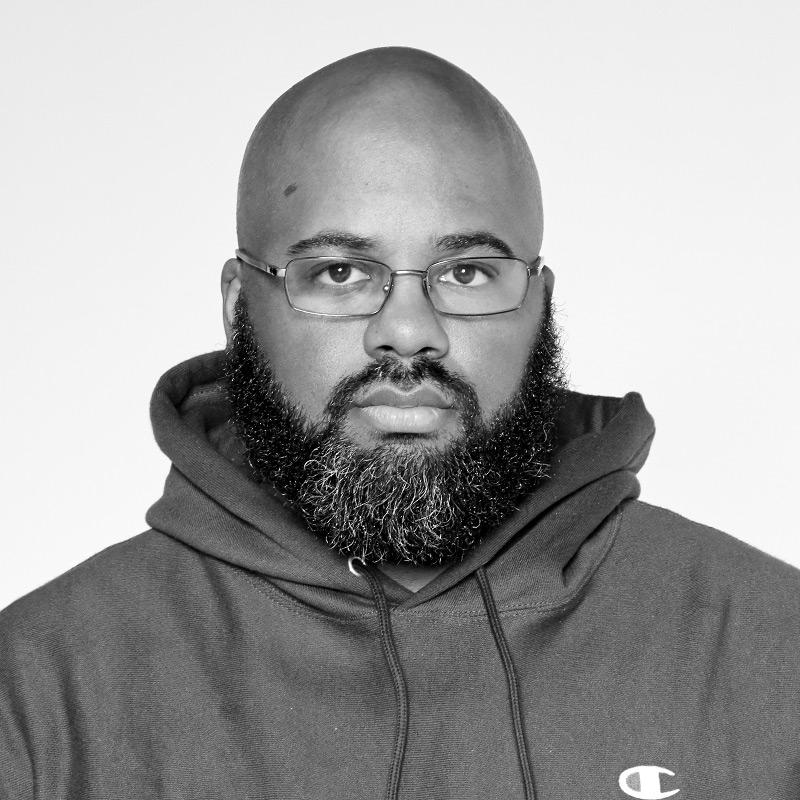
For an Ego-sized chunk of the past 14 years, the Marvel Cinematic Universe has consumed me. If we want to take that further, Spider-Man has existed in my life in some way, shape, or form since I was a child, from sharing the spotlight with his Amazing Friends to sharing the spotlight with two other Spider-Men. In that time, I’ve seen Captain America grow old and Thanos win (then lose), and I even got a Howard the Duck Easter egg. I’ve also seen a host of high-stakes stressors, including dreaded pillars of light and crime bosses like Kingpin to the aforementioned Mad Titan and his quest for the Infinity Stones. All of which makes a series like She-Hulk: Attorney at Law something of an anomaly: There doesn’t seem to be anything in the way of larger stakes involved. That may be why I found myself enjoying what I’ve seen in She-Hulk, which debuted on Disney+ on Thursday, more than other Marvel Studios series released so far.
Right out of the gate, we’re introduced to Jennifer “Jen” Walters (played by Emmy Award–winning Tatiana Maslany), who is already Hulk’d out, and her superhero origin story soon follows. After a car accident, a wound on Jen’s arm is exposed to her cousin (and passenger) Bruce Banner’s blood, quickly granting her the same green skin and Hulk powers that Bruce has. While it took time for Bruce to learn how to deal with the Hulk (fully realized in his Smart Hulk form, thanks to a contraption on his arm designed to help him keep the Hulk’s rage in check), Jen almost immediately masters the art of maintaining her Hulk form while keeping her wits about her. In 2012’s The Avengers, Banner quipped that it wasn’t hard to become the Hulk because he was always angry; in She-Hulk, Jen basically says that after spending life on this rock as a woman, “handling” the Hulk that now lives inside of her is child’s play. That’s indicative of the pointed comedy baked into She-Hulk by creator Jessica Gao, who wrote the first two episodes provided to press, and who had previously been best known for the “Pickle Rick” episode of Rick and Morty.
“I knew exactly the tone that I wanted for the show from the outset,” Gao told Variety. “My favorite type of comedy is taking a very high-concept thing, like an extraordinary being who is a Hulk, and then grounding them in the minutiae of everyday life.” We see examples of this throughout the series—Jen has to figure out how to dress and date now that she can become She-Hulk at will—but to be honest, that doesn’t feel like what this series really is. What She-Hulk: Attorney at Law offers is what happens when a storyteller takes the time to flesh out the world between the landmark moments in a cinematic universe. The comedy that She-Hulk achieves reminds me of an actually enjoyable version of the short-lived NBC-DC sitcom Powerless, which was led by Vanessa Hudgens and focused on the lives of the humans living in a superpowered world.
A series like She-Hulk could go the way of Netflix’s Jessica Jones, which found its titular protagonist solving crimes more with her keen detective skills than her abilities. Whereas the latter show mostly revolved around how Jessica Jones became Jessica Jones, She-Hulk starts with “What happens when a lawyer becomes a Hulk in the MCU?” and just lets her be a Hulk’d up lawyer. That transformation means that Jen’s workload shifts—it isn’t long before she’s hired by a new firm specializing in superpowered legal cases, leading Jen to Tim Roth, who returns to play Emil Blonsky (a.k.a. the Abomination)—and yes, of course, the series addresses what went down in Shang-Chi, which highlights the beauty in Gao wanting to see what life is like as a person with superpowers.

Don’t get me wrong, I remember the shawarma scene. Vision would cook at the old Avengers HQ. We’ve even seen what the Avengers do with Mjölnir at the kickback. Those are mostly isolated incidents, though; quick, fun moments to share before the Shit Goes Down. But I’m a big dreamer, and while many groaned at the idea of Disney purchasing Marvel, I hoped for series like these. Even Agents of S.H.I.E.L.D. and the Marvel shows on Netflix existed in a weird realm where they would interact with MCU characters and story lines when it made sense, but mostly operated on their own (as long as they didn’t rock the boat). I don’t want to call out all of the glaring issues with Marvel Studios not being more deeply involved with the Netflix Marvel universe, but do remember that Mahershala Ali, who’s joining the MCU as the star of next year’s Blade film, has already been the best part of Netflix’s Luke Cage series as a totally different character. Because Marvel’s Disney+ series are actually (if not always smoothly) integrated into the MCU, though, the darkness that befell the Scarlet Witch at the end of WandaVision can become a major part of a Doctor Strange film. On the other hand, that small-screen expansion also means that we can watch a series that is much more Marvel’s take on the law procedural (with a heaping helping of Marvel shenanigans on the side) than something that feels central to the larger MCU’s events, for good or ill.
That may be because while this is very much She-Hulk’s series, it’s much more about identity. Maslany’s performance is really the glue that keeps this series together. From Jen Walters’s fourth-wall breaks to the confidence she exudes in her everyday interactions, it’s dope to see how quickly the character understands her new life as a Hulk and how she needs to operate in a world that loves She-Hulk but overlooks Jen Walters. Maslany nails Walters’s wit—her remarks on the cameo-heavy nature of the show bring smirks—and holds her own when it’s time to do some heavy lifting. She’s a solid She-Hulk, although from what I’ve seen in the four episodes provided to critics, She-Hulk spends more time doing interviews than participating in extended battles. That’s cool for those of you who took a chance on Maslany going green for Disney+, but for the viewers who are more invested in Marvel’s overarching narrative, one has to wonder whether a series like She-Hulk will hold their attention. Given how popular procedurals have been, it should, but this is the MCU, not SVU.
The beauty of the interconnectivity of the Marvel Cinematic Universe is that while on the surface the majority of its output doesn’t require much preparation or research, those who are paying attention to how each property fits into the larger story are rewarded time and again. During the post-Blip Phase 4, however, viewers have been given a number of trails with no road map. What is Valentina Allegra de Fontaine doing with people who remind us of heroes we’ve seen before? What has been the point of the multiverse meddling? How involved in the MCU will the Eternals be? Is there even an Avengers anymore? For the most part, we understand why things are happening—that the Ms. Marvel series will bleed into a larger film project, The Marvels, or that The Falcon and the Winter Soldier put Anthony Mackie’s Captain America–elect through his paces in advance of Captain America: New World Order. She-Hulk: Attorney at Law lets Marvel creatively explain situations that it couldn’t break down in its movies—and helps provide more Hulk screen time in a world where Marvel hasn’t been able to make solo Hulk movies (although rumors suggest that this problem may soon be a thing of the past). Plus, getting Mark Ruffalo (among other familiar faces from the MCU) involved for a few episodes of this series can’t hurt, right?
The biggest thing She-Hulk: Attorney at Law highlights, surprisingly, is just how much the comics medium is evolving. Reading comics from the ’80s was like reading a novel—many of those bubbles are densely packed with chunks of powerful prose full of threats of bodily harm and to the world at large. Over time, the way characters spoke to each other changed. The medium shifted with the times, not just in its language, but in highlighting heroes of color, same-sex marriage, and other issues of the day. They were still superhero stories, but they reflected our changing culture, as comics always have.
With its fierce feminist lead and finger on the pulse of pop culture, She-Hulk proves that modern Marvel series are evolving in the same way. (Along those lines: Different writers give characters different voices for their stories, so don’t be surprised if Gao’s Wong isn’t the Wong you were prepared to see.) That also means that there’s room to play. As with the 2014 She-Hulk comic book series, She-Hulk the show appears to be more of a vehicle to tell the smaller tales that help turn the larger MCU we’ve seen in the films and series released thus far into a more fully realized universe. Its cameo-driven stories could become that week’s meme—as Jen puts it in an upcoming episode, “It’s like giving the show Twitter armor for a week”—and could even serve as mini-pilots for future adventures in the Marvel Cinematic Universe. She-Hulk could be the prototype for a live-action What If…?–style show, where the aim isn’t necessarily a new addition to the main plot, but an opportunity to see the MCU from multiple perspectives.
That 2014 She-Hulk comic series ran for only 12 issues, during a time when a number of series were being green-lit only to be forgotten midway through their runs. That fate doesn’t have to befall She-Hulk, which is slated for a nine-episode season to start; given Maslany’s performance, the series’ ties to the recently backburnered Hulk, and the overall light nature of the show, She-Hulk: Attorney at Law should be on retainer for however long Marvel needs.

